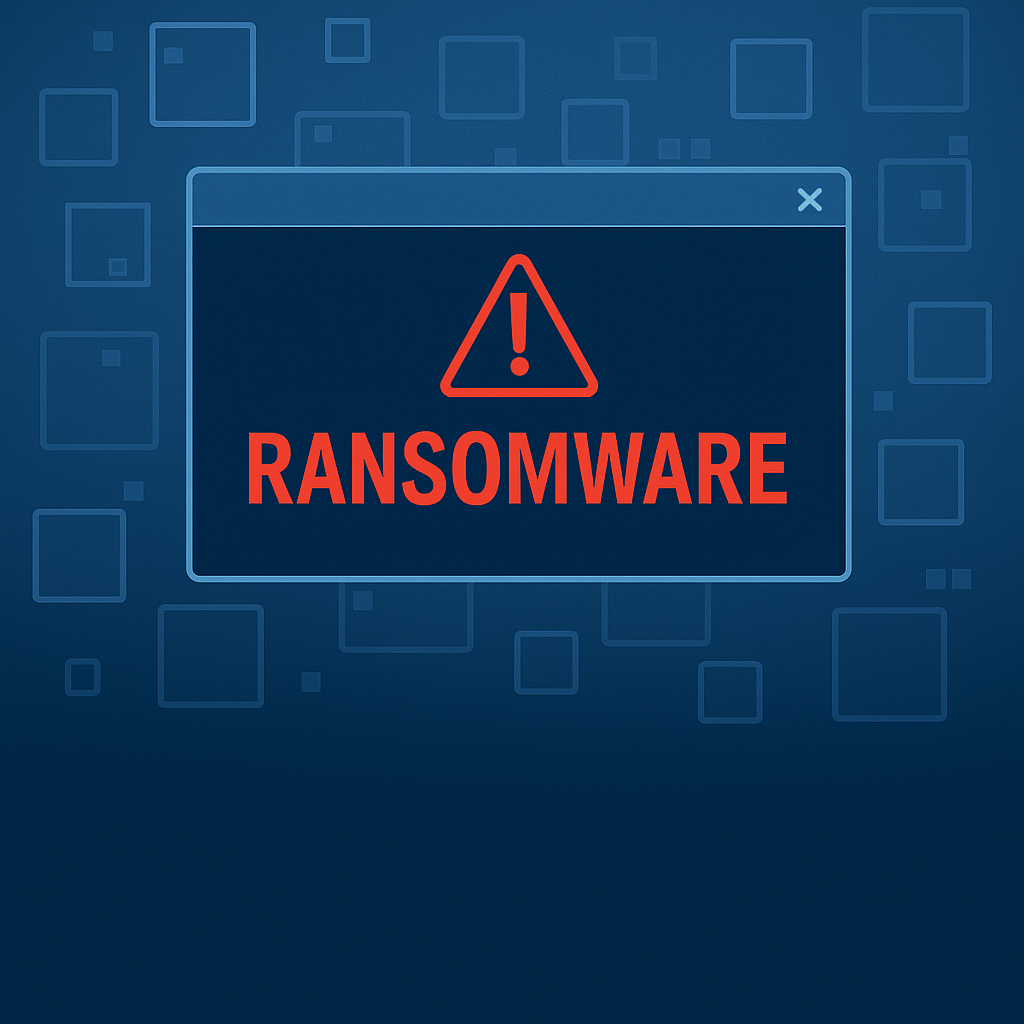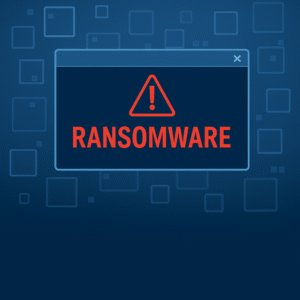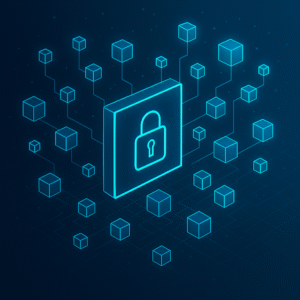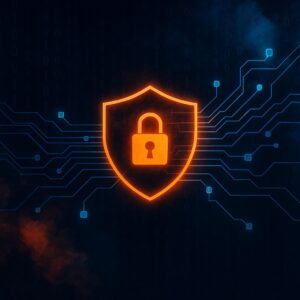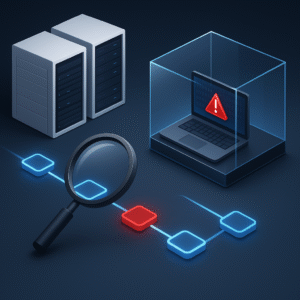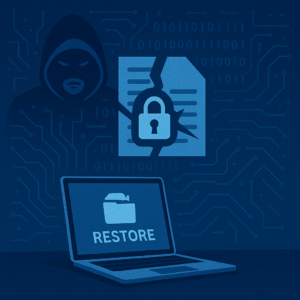Ransomware has become one of the most dreaded words in today’s cybersecurity lexicon. Modern ransomware campaigns don’t stop at encrypting files in the production environment; they actively seek to embed themselves deep within infrastructure, including backup snapshots. For organisations that rely on snapshots as their last line of defence, this tactic can be devastating: not only is live data encrypted, but recovery points may also be compromised.
The danger lurking inside backup copies
A snapshot is a point‑in‑time capture of a system. It preserves every file, configuration and setting at the moment it’s taken. The snapshot does not differentiate between legitimate data and malicious code. If ransomware infiltrated the environment before the snapshot was created—even weeks or months earlier—it will be preserved along with everything else. When an organisation restores from a seemingly “clean” point, the ransomware can re‑activate, leading to “double trouble”: more encryption, more downtime and more damage.
This problem is exacerbated by the fact that most traditional tools treat snapshots as closed black boxes. They don’t inspect metadata, track incremental changes or validate data integrity in real time. IT teams often assume that a successfully saved snapshot is trustworthy. In practice, recovery becomes an exercise in trial and error—restore one snapshot, and if it’s infected, try another. Such guesswork wastes precious time during a crisis and increases the risk of reintroducing hidden malware.
Why snapshots alone are no longer enough
Technological change and the evolution of cyber threats have made traditional backups insufficient. Advanced ransomware not only encrypts data; it actively seeks to sabotage recovery pathways by hiding in backup copies, using obfuscated structures and delayed execution triggers. Perimeter defences aren’t enough—there must be continuous inspection of the backup data itself.
Meanwhile, maintaining duplicate disaster‑recovery sites is costly and complex. Synchronising data to a secondary site can replicate the ransomware along with legitimate information. In a world where cyber incidents occur more frequently than natural disasters, this approach seems outdated. The solution lies in automating and embedding intelligence into the backup workflow instead of simply replicating the problem elsewhere.
How CyberSnap solves the problem
CyberSnap transforms snapshots from passive recovery points into active cybersecurity assets. It achieves this through several key capabilities:
- Continuous real‑time scanning – Every new snapshot is analysed at file level to detect ransomware signatures, encryption anomalies and suspicious patterns. The scanning process focuses on incremental changes, quickly identifying unusual behaviour.
- Custom rules (YARA) – Security teams can define rules that focus on specific file types or text patterns, enabling detection of new ransomware variants without relying on known signatures.
- Real‑time integrity validation – Before any snapshot is used for recovery, the platform automatically checks that it is complete, consistent and free from tampering. Only validated recovery points are approved for use.
- Isolated sandbox environment – Snapshots can be spun up in a secure, isolated environment. If ransomware activates there, it doesn’t affect production. This allows forensic insight into threats without risking the business.
- SnapMap – visual health mapping – The tool provides interactive dashboards that clearly show which snapshots are clean and which are compromised, and allows historical tracking to identify when the ransomware first entered the environment.
How to keep snapshots clean
Alongside using advanced technology, organisations can adopt best practices:
- Limited trust – Treat every snapshot as potentially compromised until it’s proven clean.
- Regular scans – Conduct full and differential scans to uncover suspicious changes.
- Layered detection – Don’t rely on a single antivirus engine. Combining signatures, behavioural analysis and custom rules increases the likelihood of detecting ransomware.
- Sandbox testing – Running snapshots in an isolated environment reveals hidden malicious code before recovery.
- Documentation and segregation – Keep records of which snapshots are infected and store clean copies in immutable, secure locations to prevent reinfection.
Conclusion
The question “Who’s afraid of ransomware?” has a modern answer: anyone relying on unchecked snapshots should be. Ransomware can turn your backup strategy into a weapon against you. The solution isn’t to abandon snapshots but to make them smarter: scan, validate and visualise their health continuously. That way, your last asset in a crisis won’t turn on you—instead, it becomes your first line of defence. CyberSnap demonstrates how automation, custom rules and real‑time scanning can change the game and restore confidence even in the age of ransomware.
